Jakob Adlung (1699 - 1762)
 Allemagne
Allemagne
Jakob Adlung, or Adelung, (14 January 1699 ? 5 July 1762) was a German organist, teacher, instrument maker, music historian, and music theorist.
He was born in Bindersleben, near Erfurt, to David Adlung, an organist and his first teacher, and the ... (Read all)
Source : Wikipedia
 Allemagne
AllemagneJakob Adlung, or Adelung, (14 January 1699 ? 5 July 1762) was a German organist, teacher, instrument maker, music historian, and music theorist.
He was born in Bindersleben, near Erfurt, to David Adlung, an organist and his first teacher, and the ... (Read all)
Source : Wikipedia
Free sheet music of Jakob Adlung
3 sheets found sorted by:
Search







